Emergence of Smart Technologies
The Liquid Analytical Instrument Market is witnessing a transformative shift with the emergence of smart technologies, including the Internet of Things (IoT) and artificial intelligence (AI). These technologies enable enhanced data collection, analysis, and interpretation, leading to improved decision-making processes. The integration of smart technologies into liquid analytical instruments allows for predictive maintenance and real-time data analytics, which can significantly reduce downtime and operational costs. As industries increasingly adopt these innovations, the demand for advanced liquid analytical instruments is expected to rise. Market analysts suggest that the adoption of smart technologies could lead to a market growth rate of approximately 8% over the next five years, reflecting a strong trend towards modernization.
Increasing Regulatory Compliance
The Liquid Analytical Instrument Market is significantly influenced by the tightening of regulatory frameworks across various industries. Regulatory bodies are imposing stringent guidelines to ensure product quality and safety, particularly in sectors such as pharmaceuticals and food processing. This has led to an increased reliance on liquid analytical instruments for accurate measurement and analysis. For instance, the pharmaceutical industry is expected to invest heavily in analytical instruments to comply with Good Manufacturing Practices (GMP) and other regulations. The market for liquid analytical instruments is anticipated to expand as companies seek to meet these compliance requirements, with a projected growth rate of around 7% annually over the next few years.
Rising Demand for Process Automation
The Liquid Analytical Instrument Market is experiencing a notable surge in demand for process automation across various sectors, including pharmaceuticals, chemicals, and food and beverage. This trend is driven by the need for enhanced efficiency, accuracy, and safety in industrial processes. As organizations strive to optimize operations, the integration of liquid analytical instruments becomes essential. According to recent data, the market for process automation is projected to grow at a compound annual growth rate of approximately 9% over the next five years. This growth is likely to propel the adoption of advanced liquid analytical instruments, which facilitate real-time monitoring and control of processes, thereby ensuring compliance with stringent regulatory standards.
Growing Focus on Environmental Monitoring
The Liquid Analytical Instrument Market is increasingly driven by a growing focus on environmental monitoring and sustainability. As concerns about pollution and environmental degradation rise, industries are compelled to adopt stringent monitoring practices. Liquid analytical instruments play a crucial role in measuring water quality, detecting contaminants, and ensuring compliance with environmental regulations. The market for these instruments is projected to grow as industries invest in technologies that support environmental sustainability. Recent estimates indicate that the environmental monitoring sector could see a growth rate of around 6% annually, further bolstering the demand for liquid analytical instruments that facilitate accurate and reliable environmental assessments.
Expansion of Research and Development Activities
The Liquid Analytical Instrument Market is benefiting from the expansion of research and development activities across various sectors, including biotechnology, pharmaceuticals, and materials science. Increased investment in R&D is driving the need for advanced analytical tools that can provide precise measurements and insights. As organizations strive to innovate and develop new products, the demand for liquid analytical instruments is expected to rise. Recent data suggests that R&D spending in the pharmaceutical sector alone is projected to reach over $200 billion annually, which will likely enhance the market for liquid analytical instruments. This trend indicates a robust growth trajectory for the industry, as research institutions and companies seek to leverage advanced analytical capabilities.


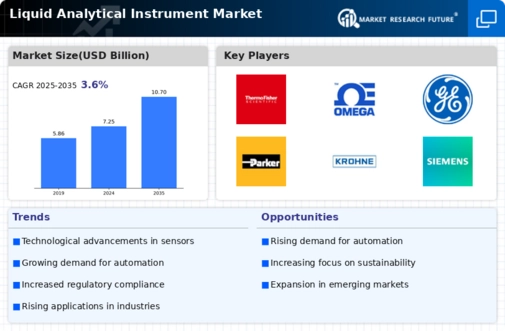
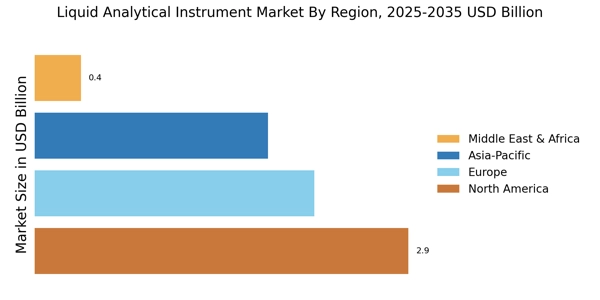
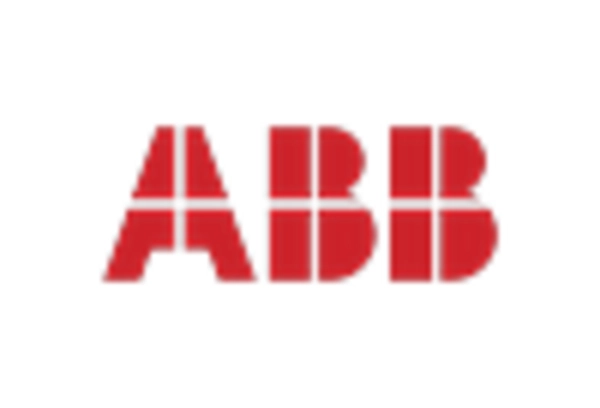
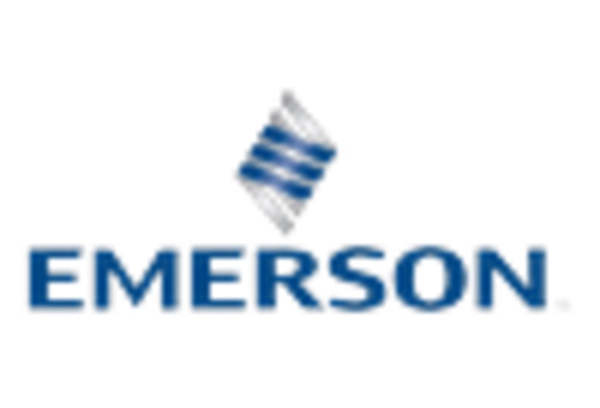
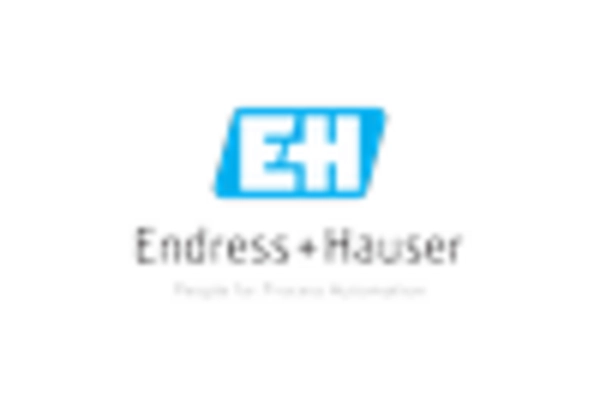


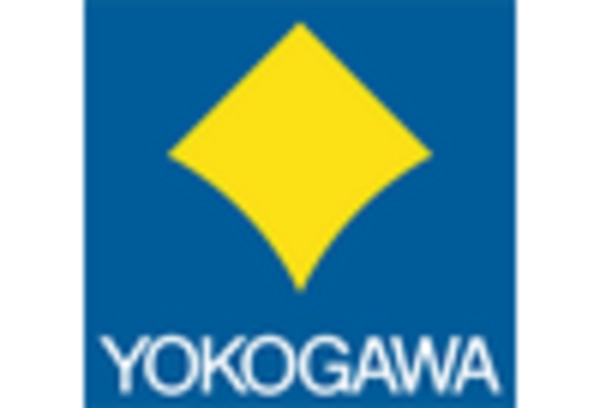








Leave a Comment